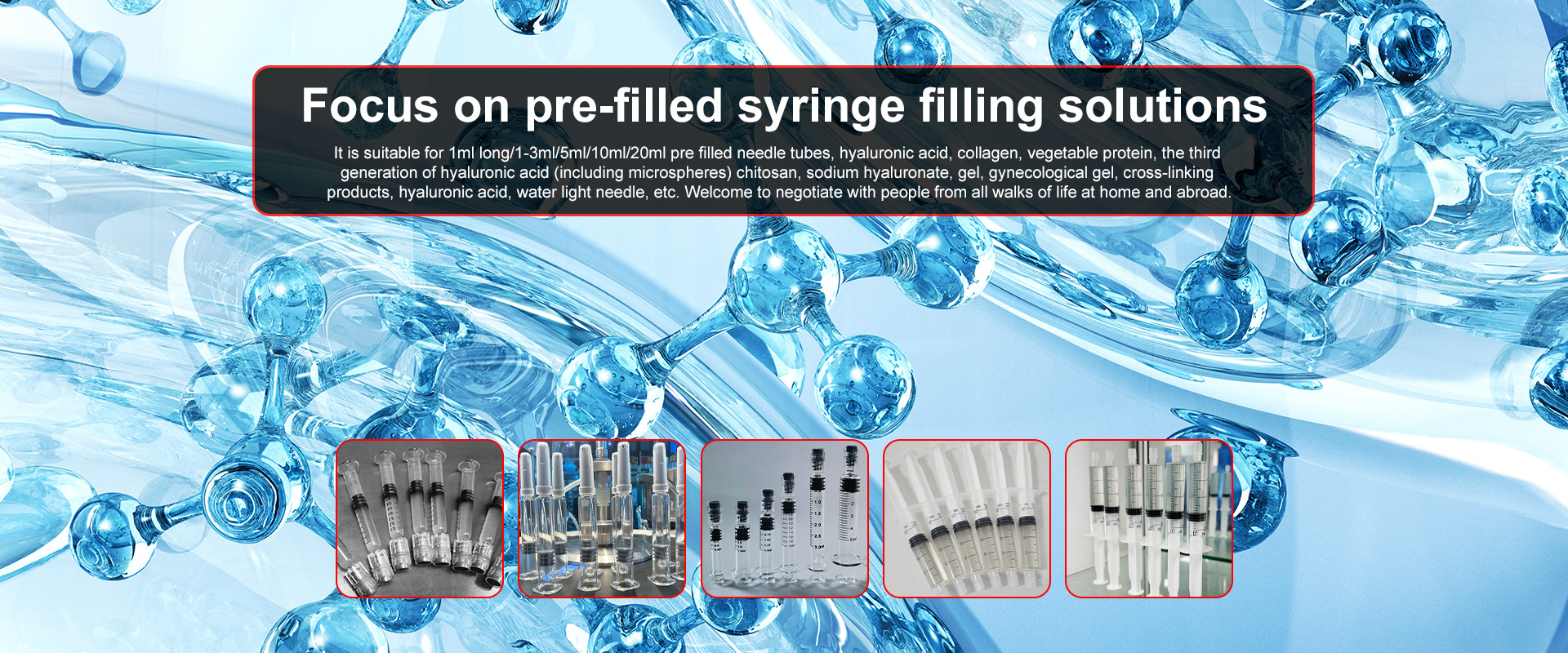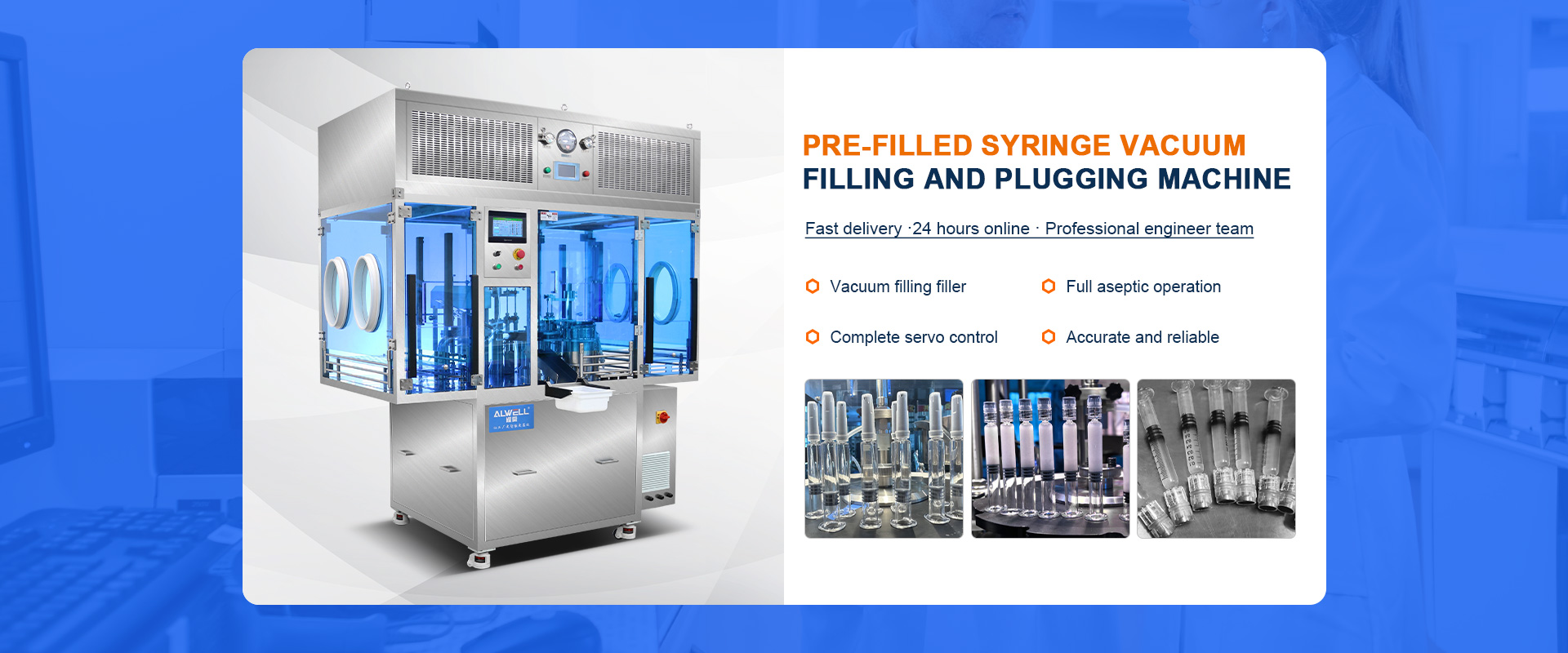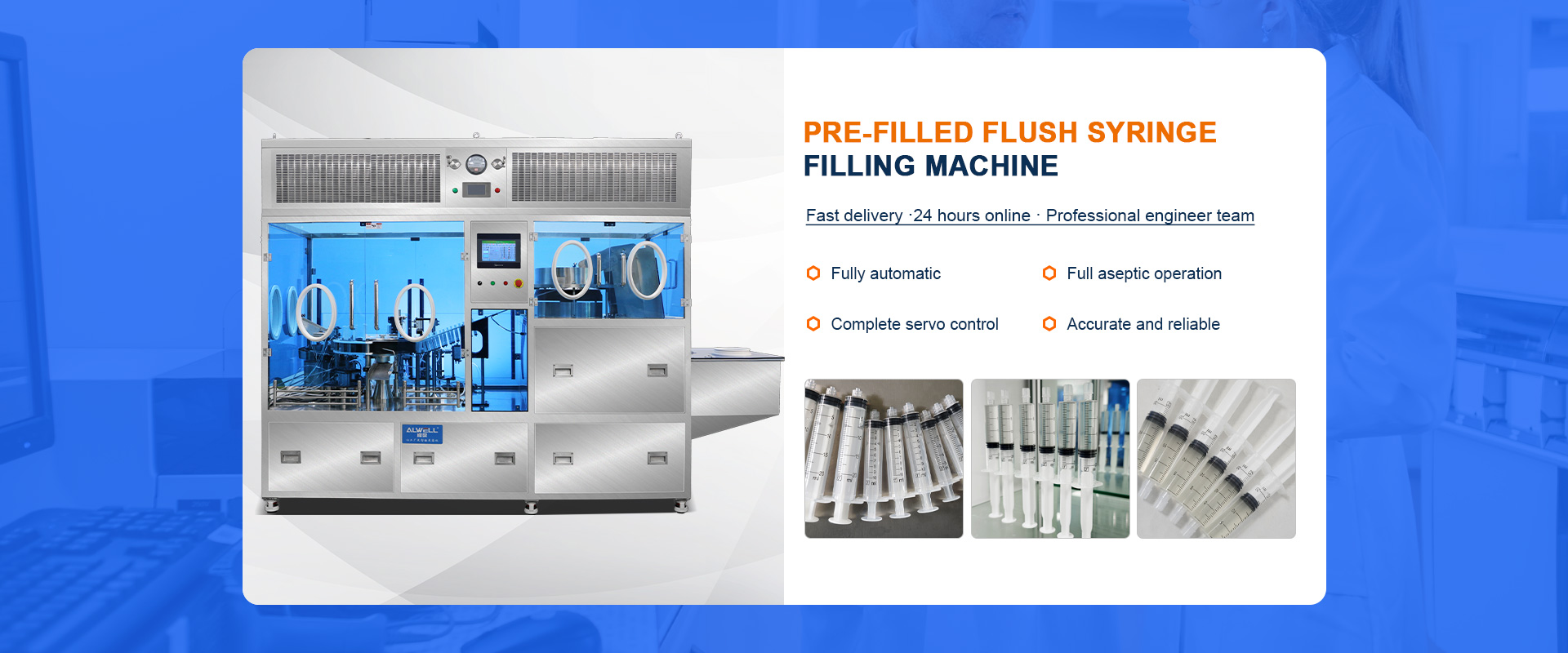Process process
1. Raw material preparation: Select raw materials that meet quality standards to ensure that the content of microorganisms in the raw material is as low as possible. For some raw materials that are vulnerable to pollution, pre -processing, such as filtering, centrifugal, etc. remove impurities.
2. Product sterilization: often adopt ultra -high temperature instantaneous sterilization (UHT) and other methods to heat the product to high temperature and maintain extremely short time, quickly cool down to kill the microorganisms and spores in the product, to reach a sterile state
3. Preparation of packaging materials: sterilize the packaging materials such as bottles, bottle caps, bags, and other packaging materials. It can be soaked, sprayed, ultraviolet irradiation, or physical methods such as high temperature dry heat, humid and humid sterilization, etc. to ensure that the packaging materials are not available bacteria
4. Establishing aseptic environment: Use high -efficiency air filters, chemical disinfection agents, etc., clean and disinfect the filling workshop, equipment surface, etc., maintain a positive pressure environment, prevent external microorganisms from entering
5. Installing operation: In a sterile environment, the sterilized products are accurately filled into sterile packaging materials, and the amount of irrigation must be accurately controlled to avoid product overflow or insufficient installation.
6. Product testing: Microbial testing and physical performance testing for finished products to ensure that the product meets the requirements of sterile and quality standards.
Key control point
Quality of raw materials
Microbial indicators: Strictly control the initial microbial content of raw materials, and test regularly to ensure that it meets the requirements of sterile irrigation.
Ingredient stability: Ensure that the ingredients of the raw materials are uniform and stable, and problems such as precipitation and layering during sterilization and filling are avoided.
Sterilization
Sterilization parameters: precise settings and control of the temperature, time, pressure and other parameters of sterilization to ensure effective killing microorganisms while avoiding excessive sterilization affecting product quality.
Sterilization equipment: regular maintenance and calibration of sterilization equipment to ensure that its performance is stable and can provide sterilization conditions evenly and stably.
Infusion accuracy and stability
Debugging equipment: Regularly debug and maintain the filling equipment to ensure the accuracy and stability of the filling head, and to ensure the accuracy of the amount of irrigation.
Infusion speed control: Reasonable selection of irrigation speed, avoiding excessive speed, which causes the product to splash, produce bubbles, or slowly affect production efficiency.
Sealing
Seal parameters: According to the characteristics of the packaging material, adjust the appropriate seal temperature, pressure, time and other parameters to ensure that the seal is tight and firm.
Seal testing: Physical testing methods, such as the sealing and strength of the seal, discover poor sealing products in time.





